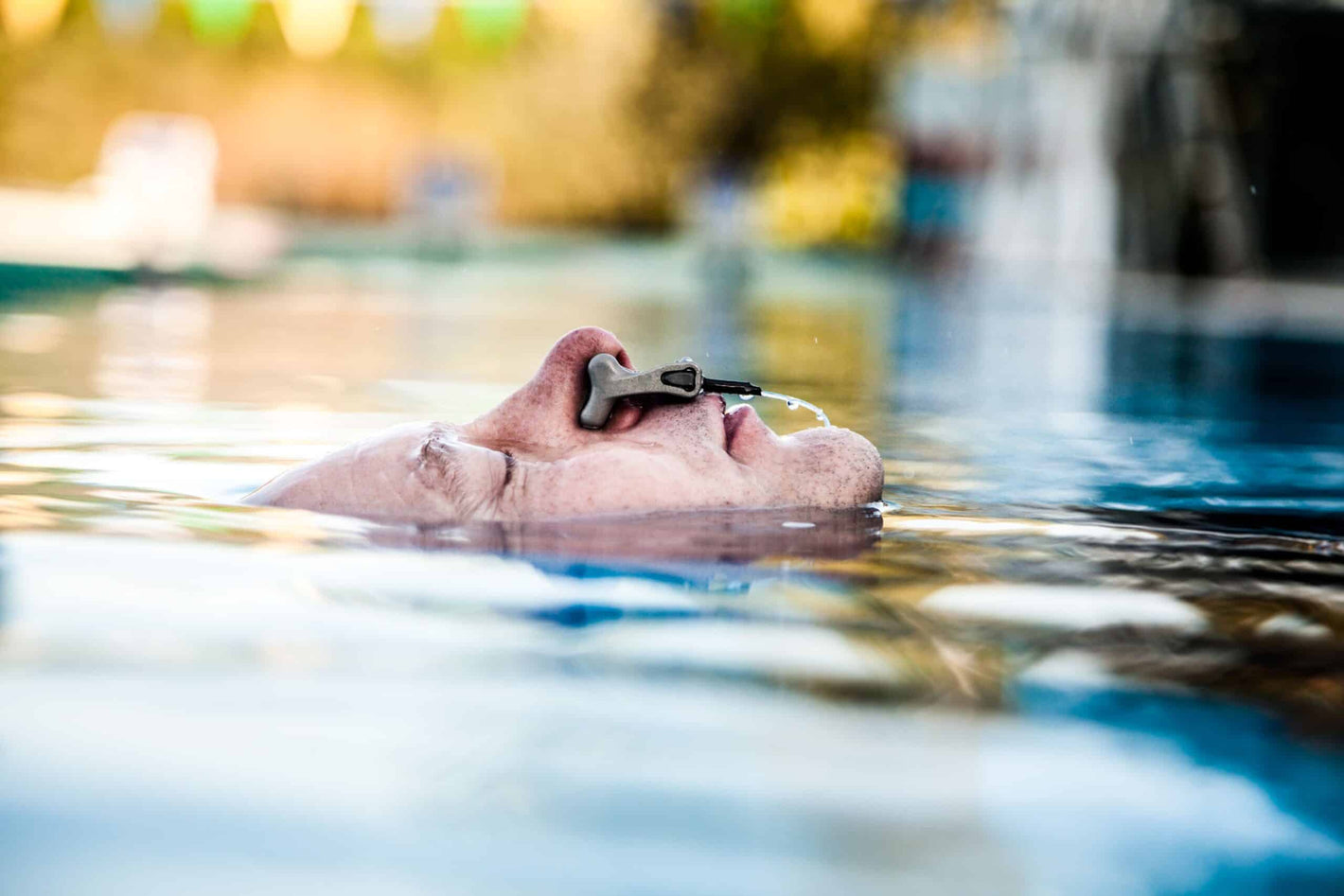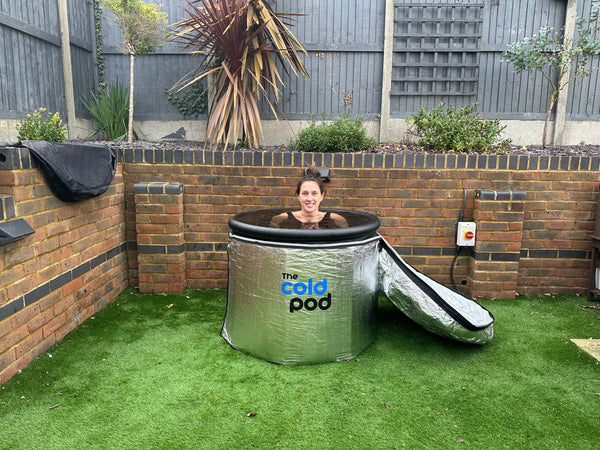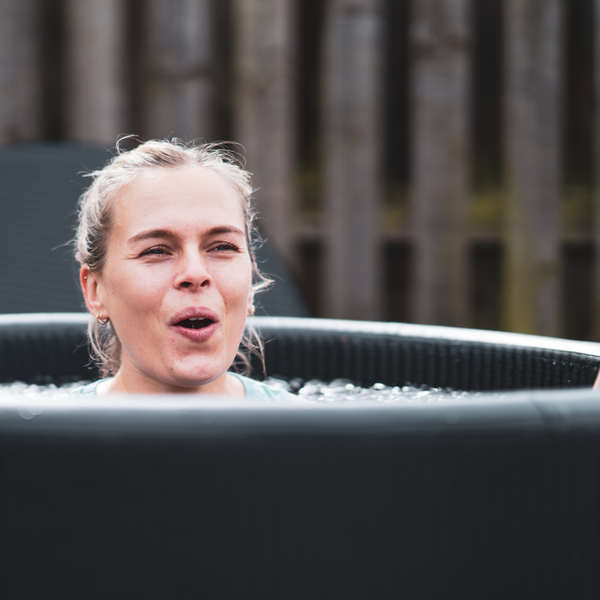The Science of the Wim Hof Method: Ice Therapy and Breathing Techniques – The Wim Hof Method is a breathing technique and cold exposure combination that has grown in popularity over the years. The technique is based on the hormesis theory, which is the idea that the body can benefit from small amounts of stress. This particular method has been linked to a number of health advantages, including enhanced energy levels; improved immune function, and reduced inflammation. In this article, we’ll look into the science supporting the two main pillars of the Wim Hof Method: ice therapy and breathing techniques.
The Science of Ice Therapy and Breathing Techniques
Ice therapy, also known as cryotherapy, is the process of subjecting the body to extremely cold temperatures for brief periods of time. Exposure to the cold is known to activate the sympathetic nervous system, thus increasing heart rate, blood pressure, and breathing rate. This response is similar to the “fight or flight” reaction that occurs under stress. In contrast to chronic stress, which can have negative effects, short-term stress can have a beneficial effect on the body, resulting in increased resilience and improved immune function.
According to multiple studies, ice therapy can reduce inflammation, enhance circulation, and boost energy levels, amongst many other advantages. Norepinephrine, a hormone that can enhance mood and cognitive function, was found to be increased in response to cold exposure, according to a 2014 study published in PLoS One. Another study which was published in the Journal of Alternative and Complementary Medicine, found that cold exposure decreased the signs of anxiety and depression in people with chronic pain.
The Science of Breathing Techniques
Controlled hyperventilation is a breathing technique used in the Wim Hof Method that raises blood oxygen saturation levels. Reduced heart rate and blood pressure are just two examples of the physiological changes that can result from this. The technique also involves holding one’s breath, which can raise blood CO2 levels and promote vasodilation and improved blood flow.
According to studies, the breathing techniques used in the Wim Hof Method can lessen symptoms of anxiety and depression; boost immune system performance, and lessen inflammation. The prefrontal cortex of the brain, which is linked to attention and cognitive control, showed increased activity as a result of the breathing exercises, according to a 2018 study published in the journal NeuroImage. The breathing techniques increased circulating levels of epinephrine and norepinephrine, which can improve immune function, according to another study that was published in the journal PLOS One.
The Synergistic Effect
Ice therapy and breathing techniques can have individual benefits, but when combined, their effects can be even greater. The Wim Hof Method uses both ice therapy and breathing techniques to create a synergistic effect that can lead to several health benefits.
Cold exposure has been found to increase the number of white blood cells in the body, leading to improved immune function. The Wim Hof Method’s breathing techniques can also improve immune function by increasing the levels of epinephrine and norepinephrine in the body. When combined, the two practices can create a powerful immune-boosting effect.
Being exposed to cold can lessen inflammation in the body, but also breathing exercises can have an anti-inflammatory effect as well. When combined, they can have a powerful effect that may be helpful for those who suffer from chronic inflammation.
Energy levels can also be raised by combining breathing exercises and ice therapy according to Wim Hof. It has been found that exposure to cold raises norepinephrine levels, which can enhance mood and cognitive function. Additionally, the breathing exercises can reduce anxiety and depressive symptoms as well as boosting mood. They can have a powerful energising impact when used together.
In conclusion, the Wim Hof Method’s combination of ice therapy and breathing techniques can create a synergistic effect that can result in a number of health advantages.
Criticisms and Limitations of Ice Therapy and Breathing Techniques
The Wim Hof Method has become increasingly well-known in recent years, but not without downfalls and limitations.
This approach has been criticised for some of its claims, which lack scientific evidence. While some studies have found advantages to the approach, more research is required to fully comprehend both its potential advantages and disadvantages.
The Wim Hof Method might not be appropriate for everyone, according to another criticism. People with certain medical conditions, such as Raynaud’s disease or heart issues, may be at risk from exposure to the cold. For those who have a history of breathing issues, like asthma, the breathing techniques can also be dangerous. Before beginning the process of this particular method, it is important to speak with a medical expert to make sure you are safe to do so.
Furthermore, this method may not be effective for everyone. While certain people could very well benefit from this approach, others might not therefore it is crucial to pay attention to your body and make adjustments to the procedure as required.
Conclusion
The Wim Hof Method combines ice therapy and breathing techniques to create a holistic wellness practice. While it has gained popularity in recent years, more research is needed to fully understand its potential benefits and limitations.
Ice therapy and breathing techniques have individual benefits, but when combined, their effects can be even greater. Cold exposure can improve immune function and reduce inflammation, while the breathing techniques can improve mood and reduce symptoms of anxiety and depression. When used together, they can create a synergistic effect that can lead to several health benefits, including increased energy levels.
However, the Wim Hof Method may not be suitable or effective for everyone. Cold exposure can be dangerous for people with certain health conditions, and the breathing techniques can be dangerous for people with a history of breathing difficulties.
This up-and-coming technique has a real potential to improve your overall health and wellbeing, but it is not a one-size-fits-all solution therefore, more research is needed to fully understand its benefits and limitations. Remember, it is essential to consult with a healthcare professional before starting a practice that is new to you.







